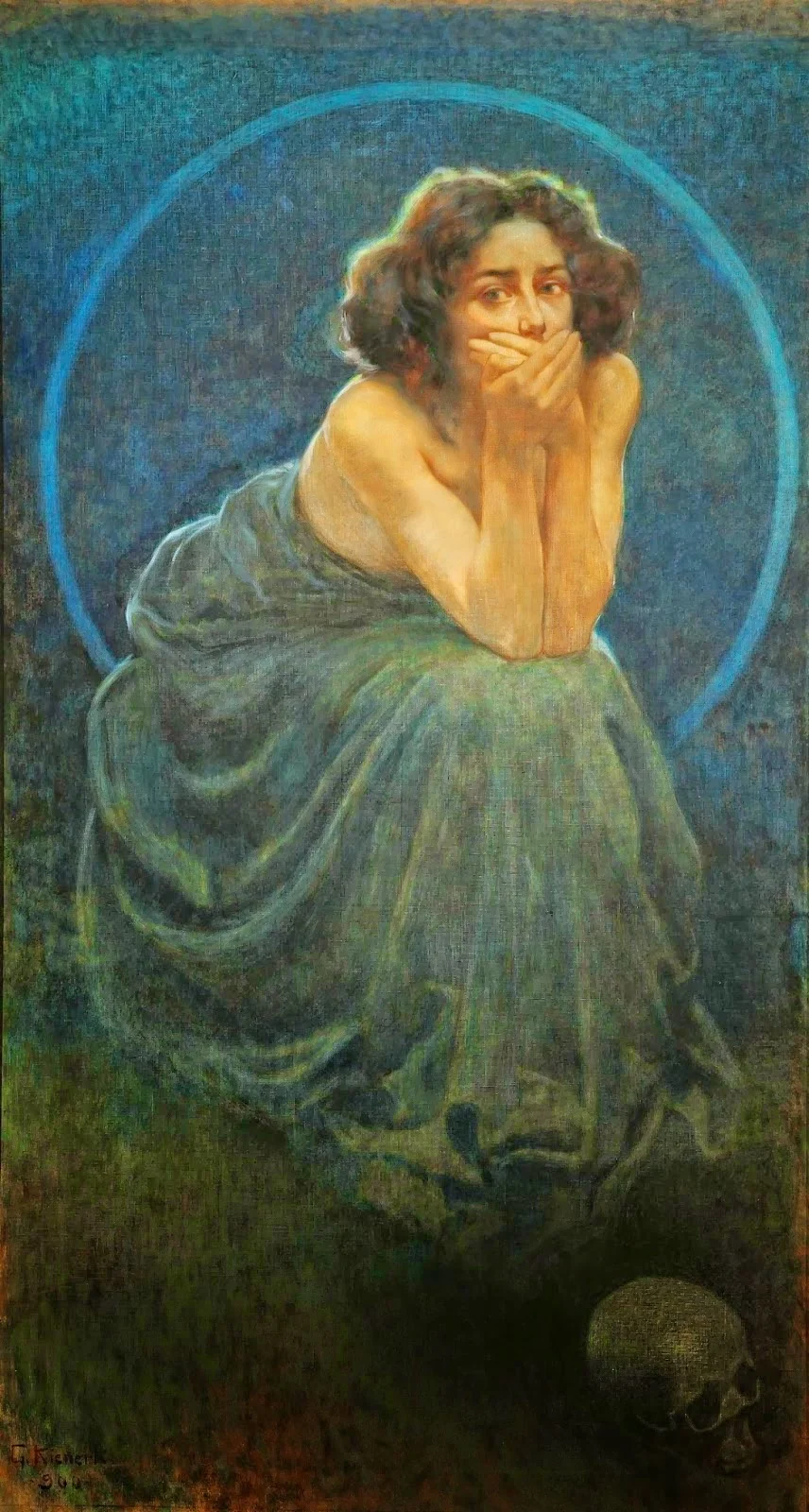Le sere d'autunno mi ricordano te
I boschi giacciono bui, il giorno si scolora
ai bordi dei colli in rosse aureole.
In un casolare vicino piange un bimbo.
Il vento se ne va a passi tardi
attraverso i tronchi a raccogliere le ultime foglie.
Poi sale, abituata ormai da lungo ai torbidi sguardi,
l'estranea solitaria falce di luna
con la sua mezza luce da terre sconosciute.



.jpg)
.jpg)
.jpg)
.jpg)
.jpg)
.jpg)
.jpg)
.jpg)
.jpg)
.jpg)
.jpg)


.jpg)
.jpg)
.JPG)